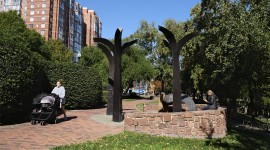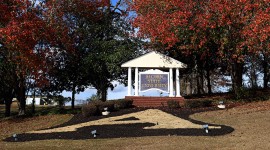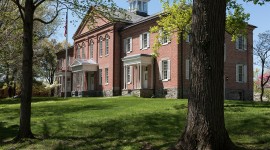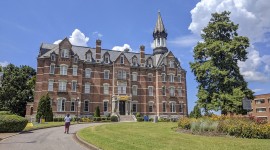Reconstruction
During a transformative era from 1861 (the onset of the Civil War) to 1900 the United States addressed the integration of African Americans into social, political, economic, and labor systems and attempted to rebuild and reunify the divided nation.
Newly emancipated African Americans strove to own land and while some gained temporary access to 40-acre plots along the Carolina and Georgia coast, most worked for or rented land from white landowners. The system of sharecropping emerged, in which landlords allowed a tenant to use land in exchange for a share of the crop.
Following the Military Reconstruction Acts of 1867 and the ratification of the Fifteenth Amendment in 1870, emancipated African American men were able to participate in politics and vote. Enfranchisement coupled with the transformation of southern labor and law, inspired a violent counterattack by individuals and vigilante groups. To avoid emotional and physical terror, some African Americans relocated north and west, establishing settlements or enclaves where they could govern independently.
Simultaneously, there was a pressing need to establish a new social structure as well as societal institutions that promoted the civil and political rights of formerly enslaved people. Institutions of higher education now referred as Historically Black Colleges and Universities (HBCU) and other institutions were founded throughout the United States (though mostly in the South). The early twentieth century saw chapters of exclusively African American fraternities and sororities established on these campuses.
<<<Back to the Guide to African American Cultural Landscapes


















